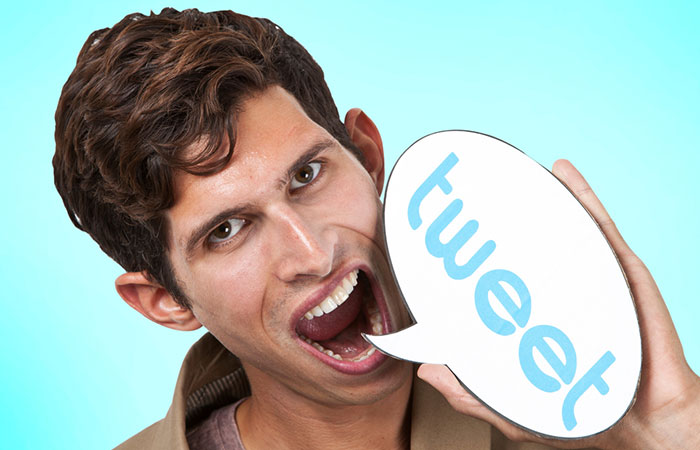
SICK OF IT – WHEN YOU SHOULDN’T TRY TO GO VIRAL
This particular publicist had a bit of a weird time on social media recently. A (sweary) tweet, casually written and thoughtlessly sent out on the morning of the US Election result, went viral.
I’m normally a lurker on twitter, with a few hundred followers largely ignoring my thoughts on politics and pictures of bread.
However this tweet, so far, has had more than
45,000 engagements, more than 11,000 retweets, 17,000 likes and 1.3 million impressions.
Hardly Justin Bieber levels, but given it was free of hashtags, pictures or clickbait, not bad at all.
So where did I go right? First off, here’s the tweet (I said it was sweary):
Sent just as everyone was waking up to the news that Donald Trump had taken the Presidency, it was quickly retweeted by a few friends.
Mumsnet, George Ezra and Owen Jones did the same, and at that point I had to turn the notifications off on my phone.
Endorsement from influencers, and co-incidentally coming a day before the John Lewis advert came out were useful – but they weren’t the only reasons this succeeded. A quick check reveals many branded tweets that tried to use the election got a far lower level of active engagement.
Despite this being, in effect, a massive (unintended) plug for John Lewis, it was clear that John Lewis had nothing to do with it. For the people who liked this tweet, branding would have been too obvious, a transparent attempt to piggyback a story.
While a good news peg is vital to getting campaigns broadcast coverage, brands riding the news in a slap-dash way end up looking too obvious. Tweeting in a personal capacity, I didn’t much mind that Trump supporters wouldn’t like what I was saying. But brands tweeting thoughtlessly about emotive events can risk needless damage.
If you’re thinking of using the news, we can help you understand what angles will play well – and what you should avoid.
Philip Westerman
Senior Consultant
@westerfest
Comments are closed.
